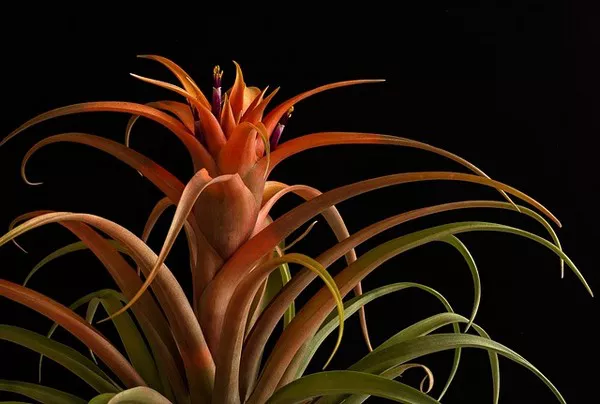Succulents, with their unique beauty and low-maintenance requirements, have become increasingly popular in the world of indoor and outdoor gardening. These hardy plants come in a variety of shapes and colors, making them a favorite choice for both novice and experienced gardeners. One of the fascinating aspects of succulents is their ability to regrow from cuttings or leaves. In this comprehensive guide, we will explore the art of succulent regrowth, providing you with step-by-step instructions and tips to ensure your succulents thrive and multiply.
Understanding Succulent Anatomy
Before diving into the regrowth process, it’s essential to have a basic understanding of succulent anatomy. Succulents have specialized tissues that store water, allowing them to survive in arid environments. The key parts of a succulent plant include:
Leaves: These are the most common plant parts used for propagation. Succulent leaves come in various shapes and sizes, and they store water for the plant.
Stems: Succulent stems are often thick and fleshy, capable of storing water. Some succulents, like cacti, primarily consist of stems.
Roots: Succulent roots are shallow but widespread, designed to capture moisture from the surrounding soil.
Rosettes: Some succulents grow in rosette shapes, forming a central point from which leaves or stems radiate.
Now, let’s explore the different methods of regrowing succulents:
Leaf Propagation:
Leaf propagation is one of the most common and straightforward methods of growing new succulents. Follow these steps for successful leaf propagation:
a. Select a healthy leaf: Choose a mature, healthy leaf from your existing succulent. Gently twist it from the stem to ensure you get a clean break.
b. Let it callus: Place the severed leaf in a dry, shaded location for a few days to allow the cut end to callus over. This step is crucial, as it prevents rotting when the leaf is planted.
c. Plant the leaf: Once the leaf has callused, place it on top of well-draining succulent soil in a pot or tray. Ensure that the cut end makes contact with the soil while the leaf rests on the surface. Do not bury the leaf entirely.
d. Water sparingly: Mist the soil lightly to keep it slightly moist, but avoid overwatering. Roots will develop from the cut end, and a new succulent plant will eventually sprout from the base of the leaf.
Stem Propagation:
Stem propagation is another effective method for growing succulents, especially for plants with fleshy stems. Follow these steps for successful stem propagation:
a. Select a healthy stem: Choose a healthy stem from your existing succulent. Use a clean, sharp knife or scissors to cut the stem cleanly just below a leaf node, which is where leaves attach to the stem.
b. Let it callus: As with leaf propagation, allow the cut end of the stem to callus over for a few days in a dry, shaded spot.
c. Plant the stem: Plant the callused end of the stem in well-draining succulent soil. You can insert the stem directly into the soil or lay it flat on the surface, depending on the succulent species.
d. Water sparingly: Water the soil sparingly to encourage root development. Over time, roots will form, and a new succulent will grow from the stem.
Offsets and Rosettes:
Some succulents, like Sempervivum and Echeveria, produce offsets or “pups” naturally. These are miniature versions of the parent plant that can be separated and grown into new succulents. Here’s how to do it:
a. Locate the offset: Look for small, new growth near the base of the parent plant. These are typically attached by a short stem or can be gently separated from the main plant.
b. Allow it to dry: Let the offset callus over for a day or two before planting it in well-draining soil.
c. Plant the offset: Place the offset in its own pot or a well-prepared spot in the garden, ensuring it is at the same depth it was when attached to the parent plant.
d. Water lightly: Water the newly planted offset lightly and continue to care for it as you would with established succulents.
Conclusion
Succulent regrowth is a rewarding and environmentally friendly way to expand your succulent collection or share these captivating plants with others. Whether you choose leaf propagation, stem propagation, or offsets, understanding the basics of succulent anatomy and following proper techniques is key to success. Remember that patience is essential when regrowing succulents, as they grow slowly and require minimal maintenance.
In addition to the propagation methods discussed, it’s important to provide your succulents with the right growing conditions. This includes well-draining soil, adequate sunlight, and careful watering. By mastering the art of succulent regrowth and offering your plants the care they deserve, you can enjoy a thriving succulent garden for years to come. So, get started and watch your succulent collection flourish as you unlock the secrets of regrowth.

